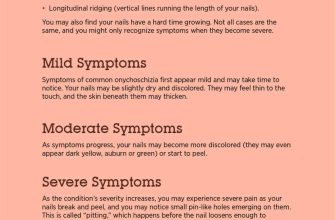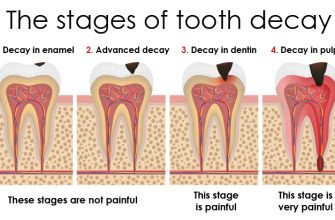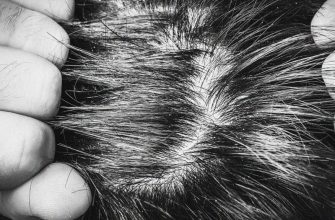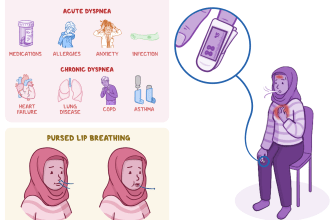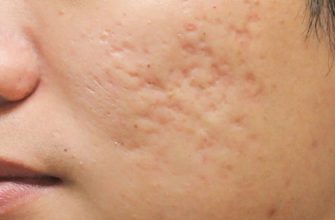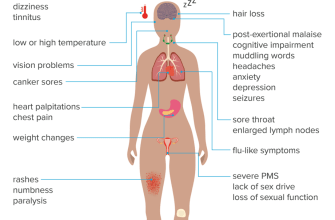Oculocutaneous telangiectasia, also known as Bloom syndrome, is a rare genetic condition characterized by a skin disorder and eye disorder. It is caused by mutations in the BLM gene, which is responsible for maintaining the stability of DNA. This article will explore the symptoms and treatment options for oculocutaneous telangiectasia.
Symptoms of Oculocutaneous Telangiectasia
Oculocutaneous telangiectasia presents with a variety of symptoms that affect both the skin and the eyes. Some of the common symptoms include:
- Telangiectasias: These are small, dilated blood vessels that appear as red or purple clusters on the skin. They are most commonly found on the face, particularly around the nose and cheeks.
- Photosensitivity: Individuals with oculocutaneous telangiectasia are highly sensitive to sunlight and may develop a rash or sunburn-like reaction after minimal sun exposure.
- Growth deficiency: Many individuals with this condition experience stunted growth and have a smaller stature compared to their peers.
- Immunodeficiency: Oculocutaneous telangiectasia can weaken the immune system, making individuals more susceptible to infections.
- Increased risk of cancer: People with this condition have a higher risk of developing certain types of cancer, including leukemia and lymphoma.
- Eye abnormalities: Oculocutaneous telangiectasia can cause various eye problems, such as sensitivity to light, dry eyes, and cataracts.
Treatment for Oculocutaneous Telangiectasia
While there is no cure for oculocutaneous telangiectasia, treatment focuses on managing the symptoms and preventing complications. The following are some of the treatment options available:
Regular Skin Care
Individuals with oculocutaneous telangiectasia should take extra care of their skin to minimize the appearance of telangiectasias and protect it from sun damage. This includes:
- Using sunscreen with a high SPF regularly
- Wearing protective clothing, such as hats and long sleeves, when exposed to sunlight
- Avoiding excessive heat and extreme temperatures
- Moisturizing the skin regularly to prevent dryness
Eye Care
Regular eye examinations are essential for individuals with oculocutaneous telangiectasia to monitor and manage any eye abnormalities. Treatment options for eye problems may include:
- Prescription eyeglasses or contact lenses to improve vision
- Artificial tears or lubricating eye drops to relieve dryness
- Surgical intervention for cataracts or other eye conditions
Immunodeficiency Management
People with oculocutaneous telangiectasia often have a weakened immune system, making them more susceptible to infections. To manage immunodeficiency, healthcare providers may recommend:
- Regular vaccinations to prevent common infections
- Antibiotics or antiviral medications to treat and prevent infections
- Good hygiene practices, such as frequent handwashing, to reduce the risk of infection
Cancer Screening
Due to the increased risk of cancer associated with oculocutaneous telangiectasia, regular cancer screenings are crucial. This may involve periodic blood tests, imaging studies, and other screening methods to detect cancer at an early stage when treatment is most effective.
Genetic Counseling
Individuals with oculocutaneous telangiectasia and their families may benefit from genetic counseling. Genetic counselors can provide information about the condition, its inheritance pattern, and the likelihood of passing it on to future generations. They can also offer support and guidance for making informed decisions about family planning.
Conclusion
Oculocutaneous telangiectasia is a rare genetic condition characterized by a skin disorder and eye disorder. While there is no cure for this condition, individuals can manage the symptoms and prevent complications through regular skin and eye care, immunodeficiency management, cancer screening, and genetic counseling. By following these treatment strategies, individuals with oculocutaneous telangiectasia can lead fulfilling lives and minimize the impact of the condition on their overall well-being.


